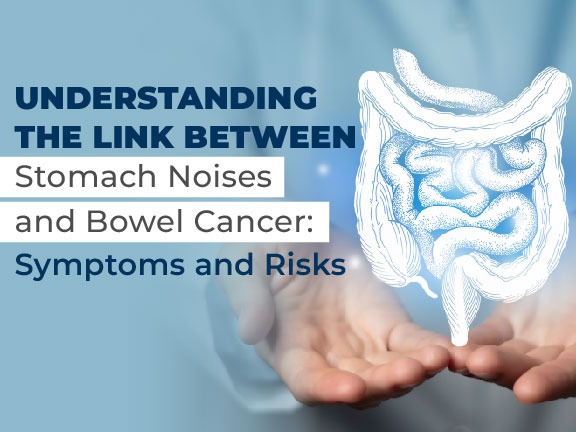The symptoms and clinical presentation of head and neck cancer varies widely depending upon the anatomical location of the tumor and exposure to various risk factors. These tumors can present with a regional neck mass, mouth and/or ear pain, nonhealing ulceration in the mouth, difficulty swallowing, unintentional weight loss, recurrent ear infections, nasal drainage, bleeding, and hoarseness, amongst others.
The most frequently associated risk factors with head and neck cancer are smoking and alcohol consumption. Smoking tobacco products (cigarettes, cigars, and pipes) and chewing tobacco increases the risk of head and neck cancer by as much as 25 fold compared to nonsmokers. Alcohol consumption independently increases the risk of cancer. Alcohol consumption in conjunction with tobacco smoking have a synergistic and multiplicative effect on the risk of developing head and neck cancer. Epidemiologic studies have demonstrated and overall decrease in the incidence of laryngeal, hypopharyngeal, and oral cavity cancers beginning in the late 1980s. This decline has been associated with the current decrease in smoking, which is the primary risk factor for these cancers. During this same time period we have come to identify human papilloma virus (HPV) as a risk factor for head and neck cancer. In particular cancers of the oral cavity. This is the same virus that is responsible for the most commonly diagnosed sexually transmitted disease in the United States and for cancer of the cervix in women. Human papilloma virus is a DNA virus that affects genes in the healthy cells that are responsible for halting cell growth and DNA repair. By affecting this process the virus renders the cells unable to fix gene defects and allows these cells to have uncontrolled growth and proliferation that ultimately leads to the formation of a cancer.
The initial assessment of the primary tumor is based upon a thorough history and a combination of inspection, palpation, and direct flexible laryngoscopy. With careful evaluation of the nasal and oral cavity, floor of the mouth, visualization of the vocal cords, and external auditory canal. A metastatic work-up with imaging of the regional neck lymphnodes and chest is warranted.
The management of head and neck cancers requires a truly integrated approach of multiple medical disciplines. This should include surgeons, medical oncologists, and radiation oncologists, as well as dentists, speech/swallowing pathologists, dieticians, and rehabilitation therapists. Approximately 30 to 40 percent of patients with head and neck squamous cell carcinomas present with an early stage disease. In general, these patient are treated with either primary surgical resection or definitive radiation therapy. When the cancer is locally advanced, due to involvement of adjacent anatomical structures or metastasis to the regional lymphnodes, combined modality approaches such as surgery, radiation and/or chemotherapy are required to optimize the chances of survival. Side effects and sequelae after therapy can be substantial and every effort should be made to minimize the impact on quality of life and treat these complications. Speech and swallowing rehabilitation are critical to restoring function following both surgery and radiation therapy. Treatment of metastatic squamous cell carcinoma of the head and neck requires a systemic approach with the use of cytotoxic chemotherapy plus the addition of a biologic agent when indicated. Surgery and radiation are reserved for special circumstances and are not the main modality of care for metastatic squamous cell carcinoma of the head and neck. Unfortunately, treatment for metastatic disease is not curative and the therapeutic intent is to prolong survival and palliate symptoms. The advent of newer agents with novel mechanisms of action such as immune therapy are promising therapeutic strategies in the horizon.
In summary, head and neck cancers are a group of malignancies that vary greatly from the anatomic location in which they arise. Smoking and alcohol consumption are the two major risk factors and we should make every effort to abstain from these habits which are detrimental to our health. Vaccination against human papilloma virus can prevent and decrease the incidence of head and neck cancers associated with this viral infection. The management of these tumors represents a challenge and requires a multimodality approach. Lastly, squamous cell carcinomas of the head and neck have a substantial and lasting impact in the patient’s quality of life even after the eradication of the disease.
Dr. Belisario A. Arango is the medical director of the Cancer Center and the Coagulation/Thrombosis Clinic at Chippewa County War Memorial Hospital and is affiliated with Helen Newberry Joy Hospital and Mackinac Straits Hospital and Health Center.
Dr. Arango practices evidence-based medicine and believes that cancer care requires a multi-disciplinary team approach. In an era of rapid developments in cancer care knowledge, Dr. Arango has been instrumental in bringing precision medical oncology care to patients at community hospitals that was otherwise inaccessible to them unless they were evaluated at a tertiary institution. Dr. Arango’s philosophy is to take care of cancer patients as if they were his own family members.
Dr. Arango has authored multiple articles in peer-reviewed journals and has presented at international medical oncology conferences.














1 Comment
84 y o husband just discovered lump on neck is cancerous! Also has had 4th stage kidney disease for years! What are options? What is best option?